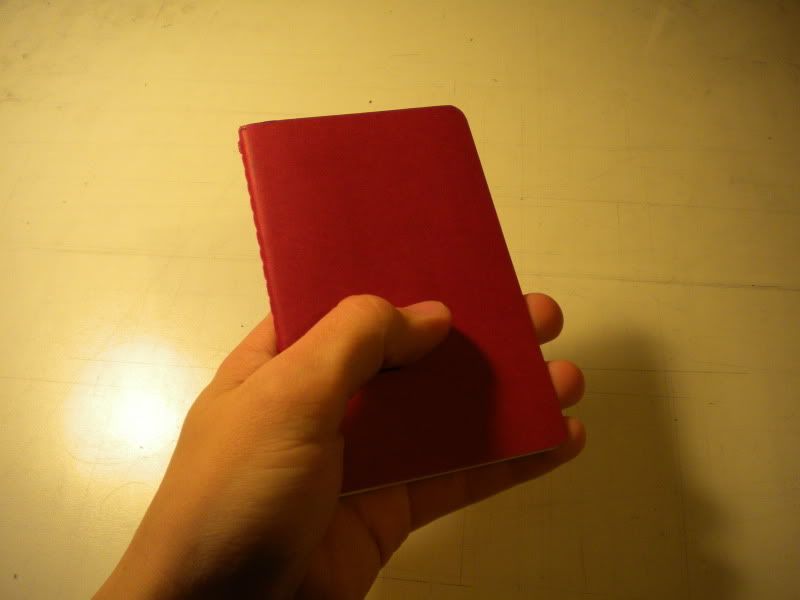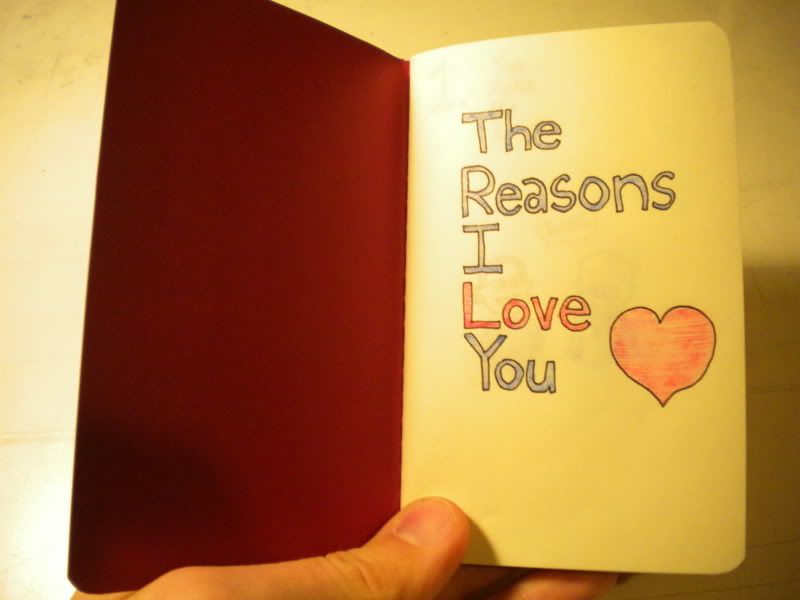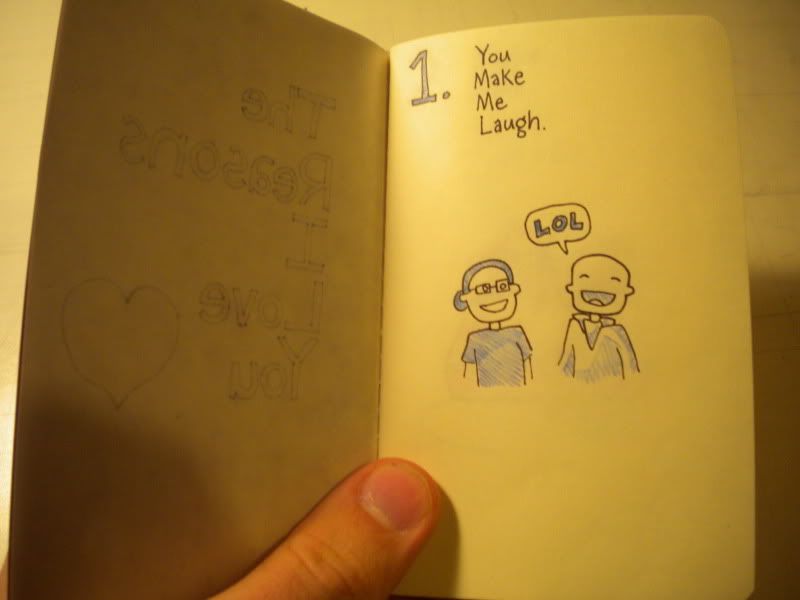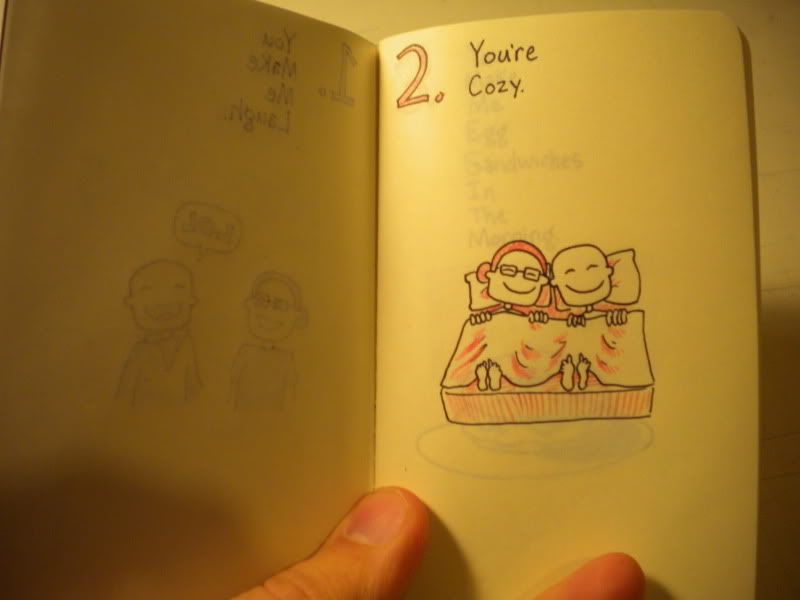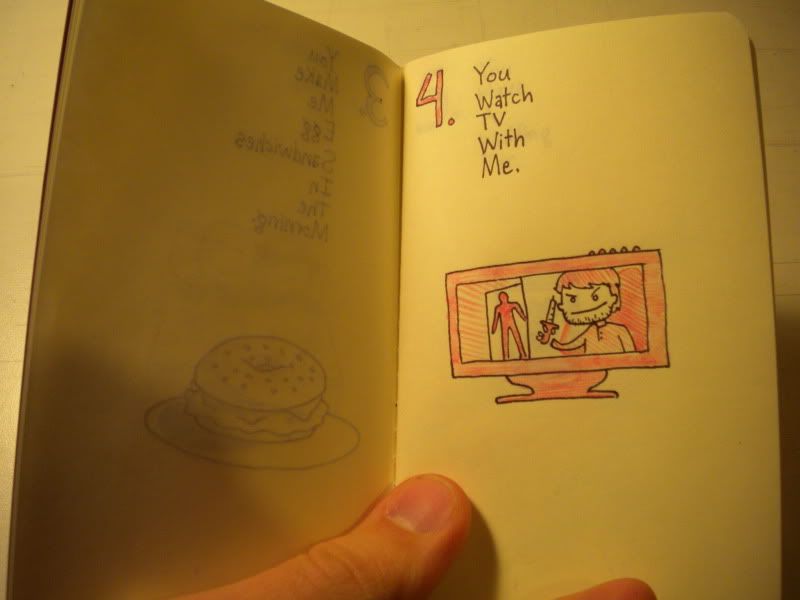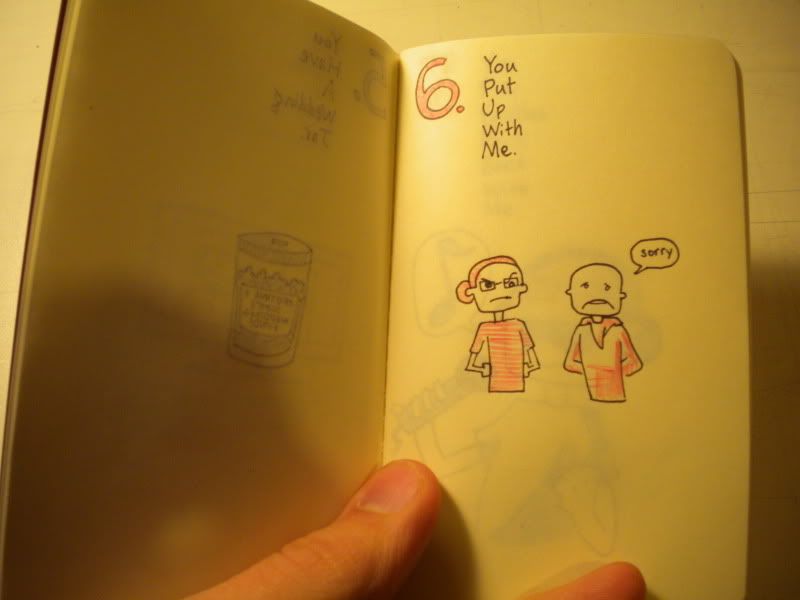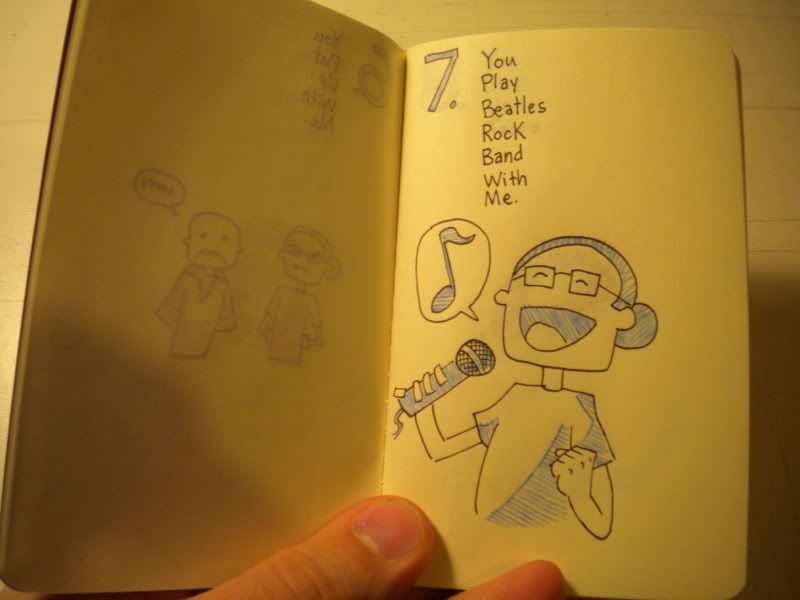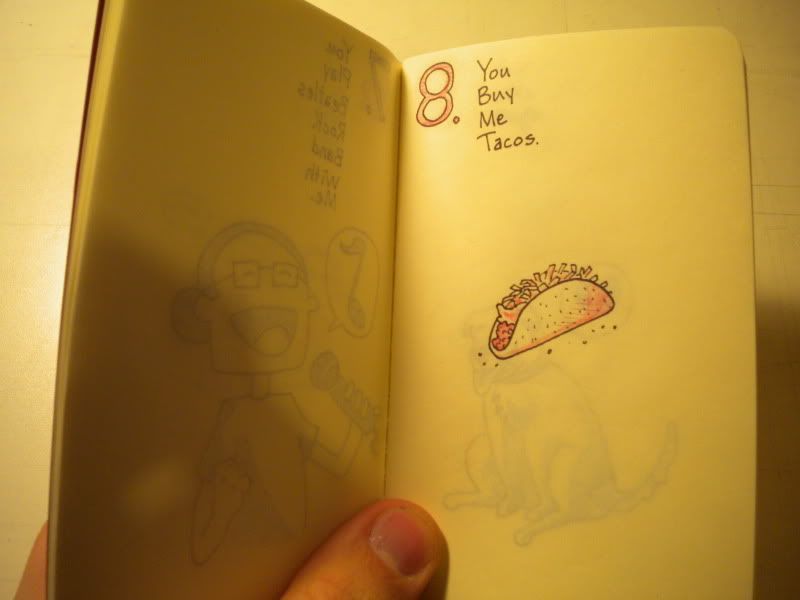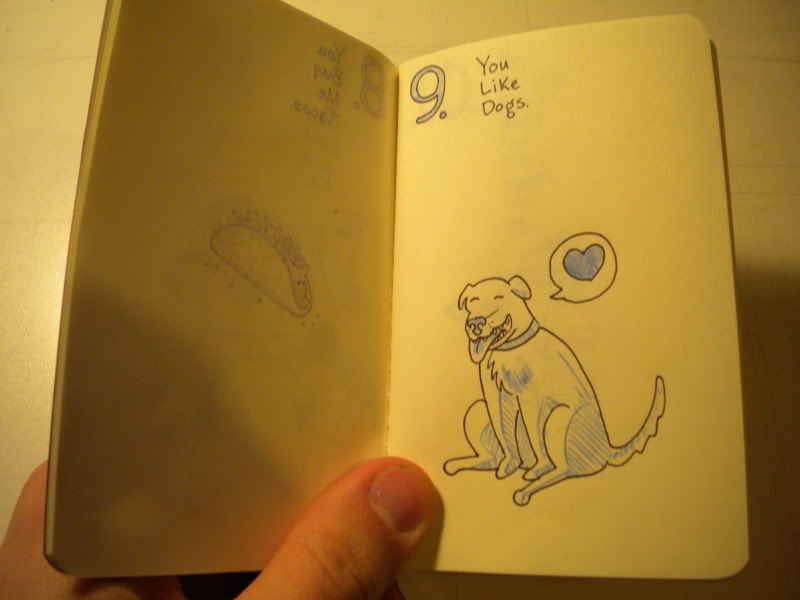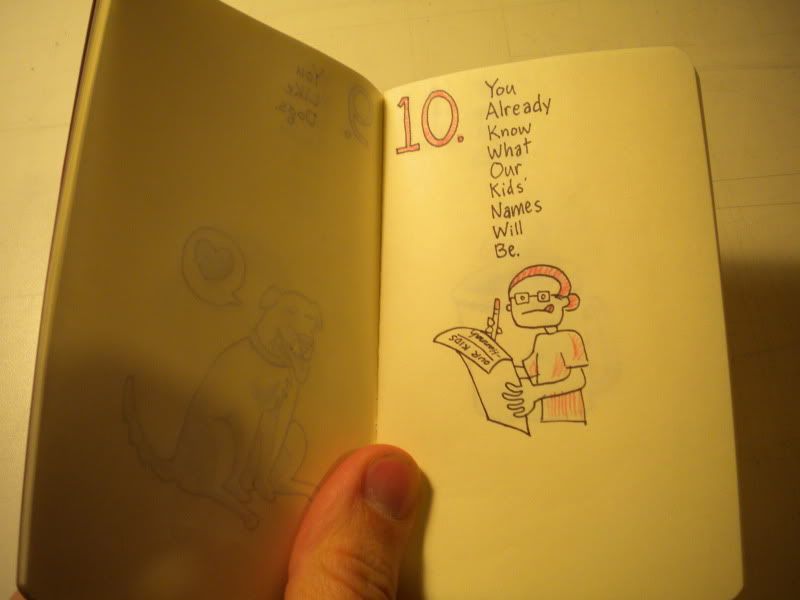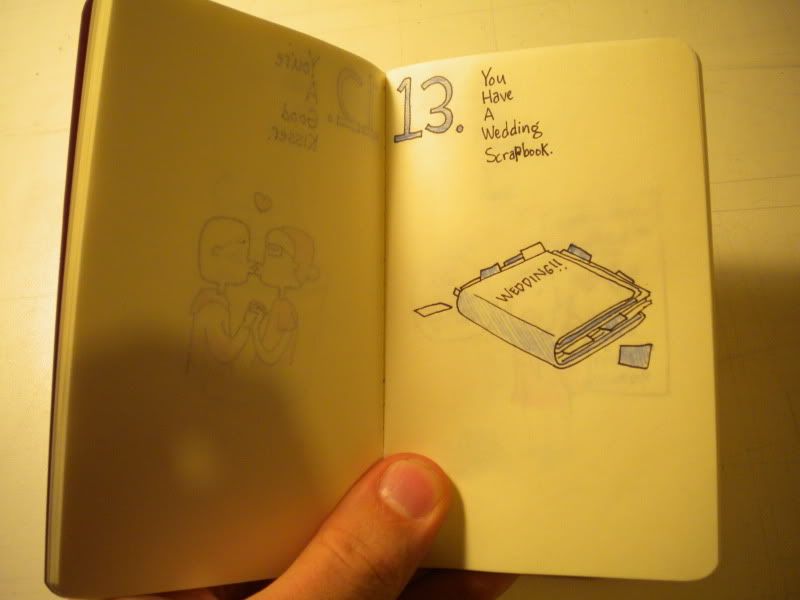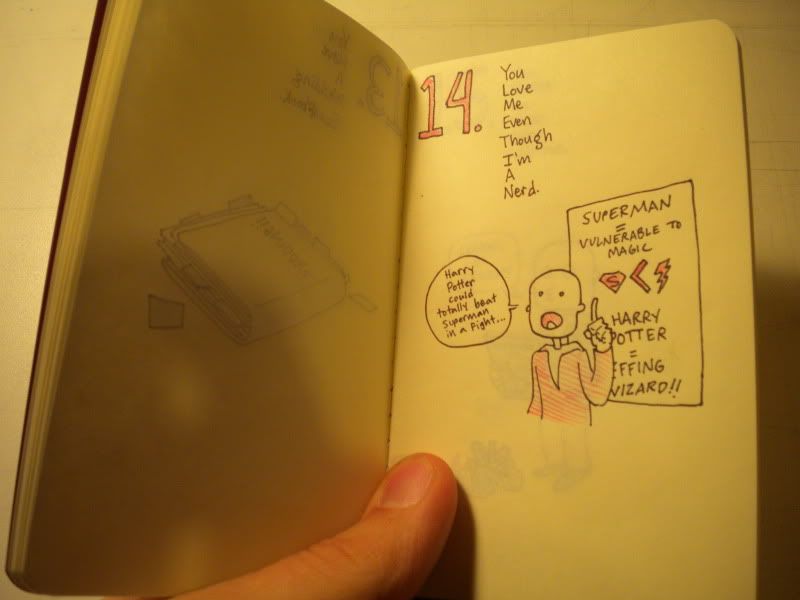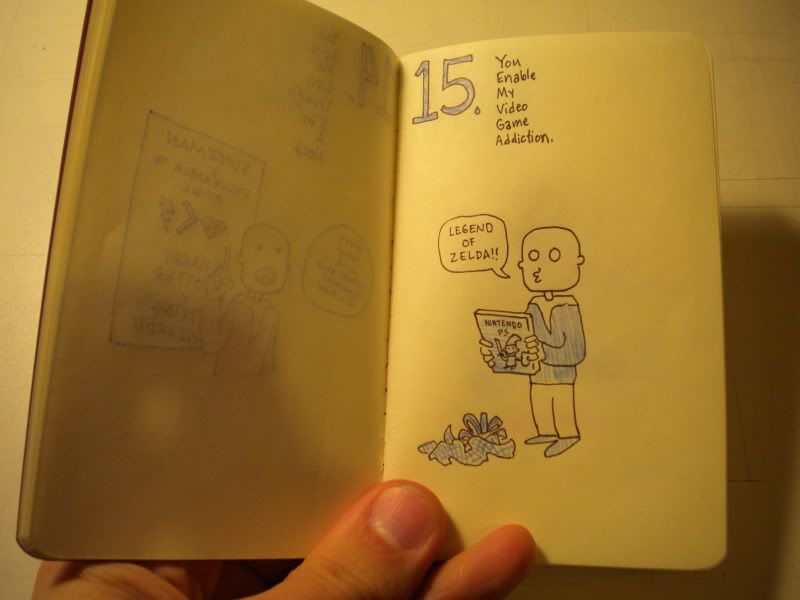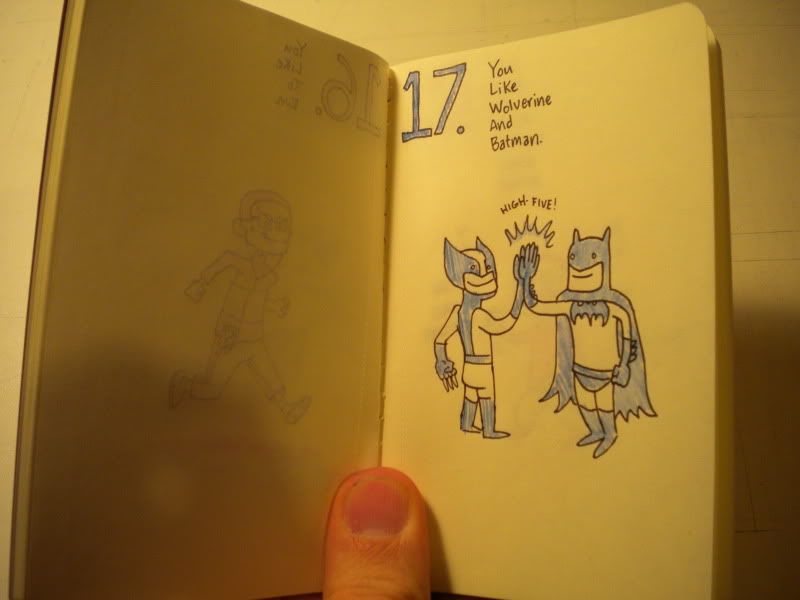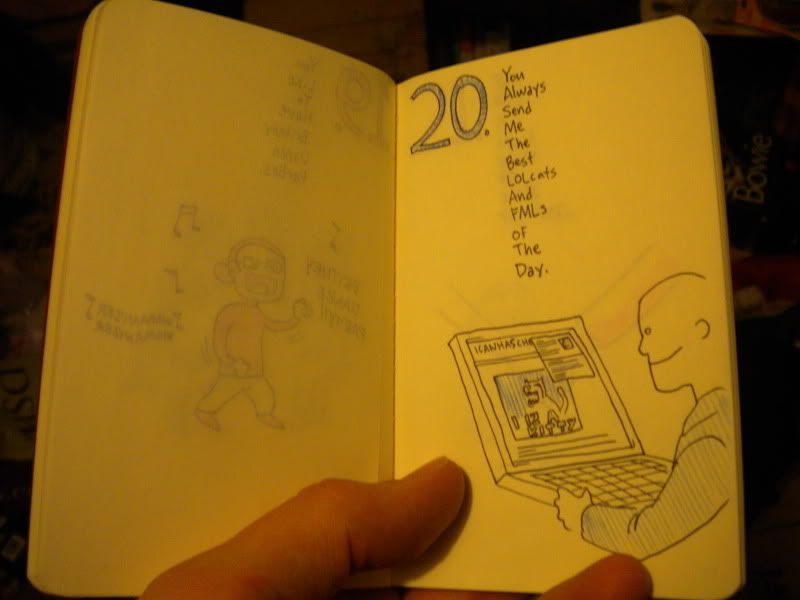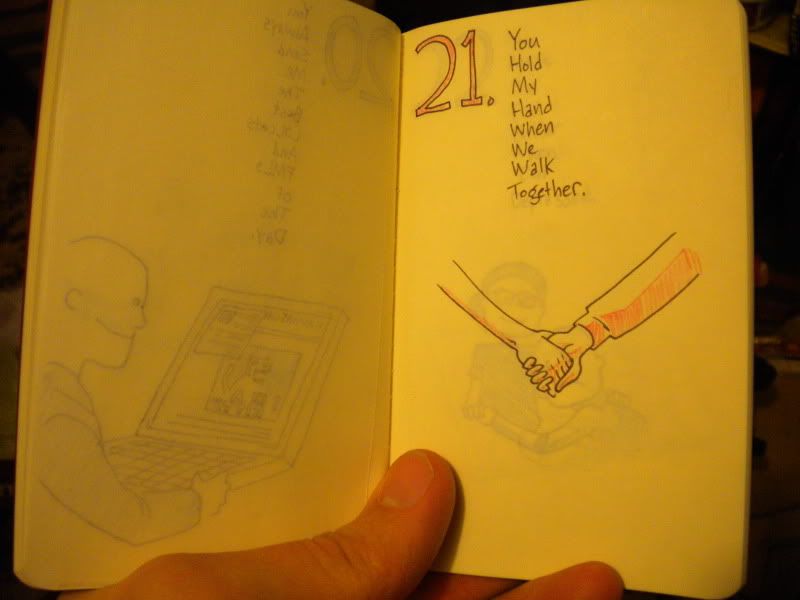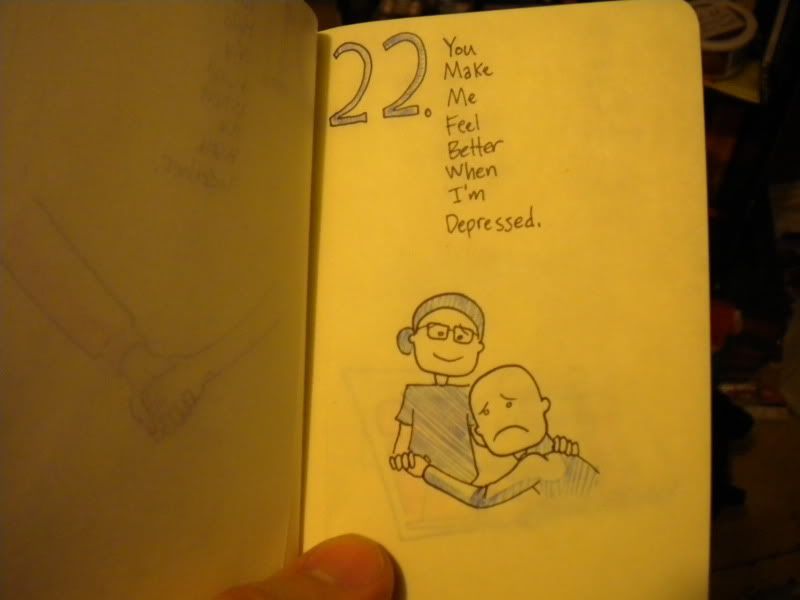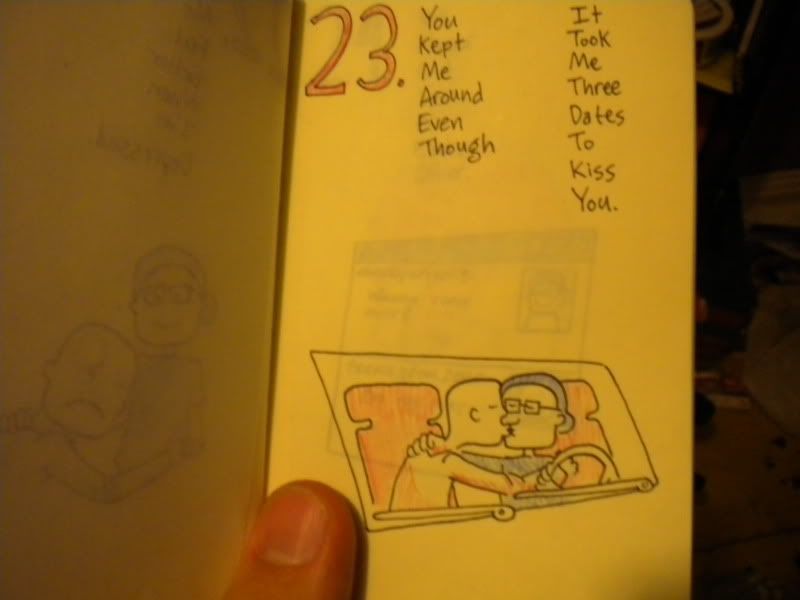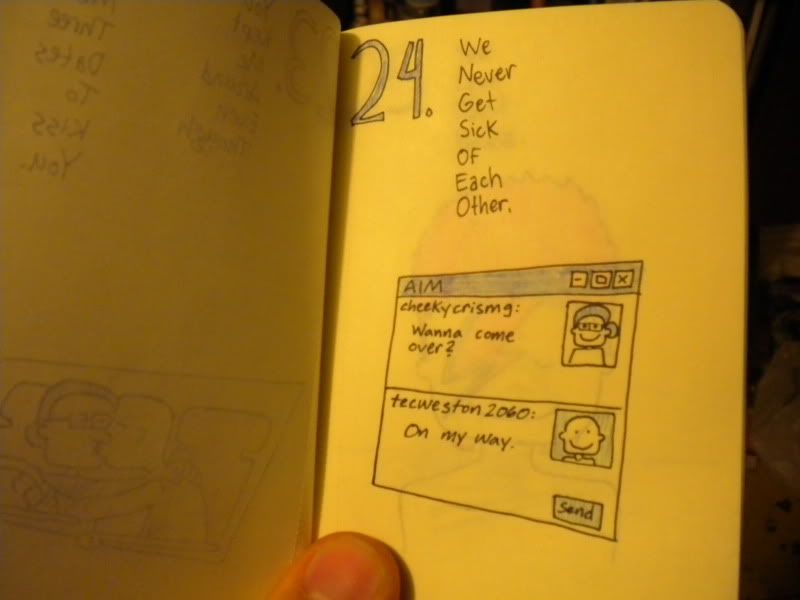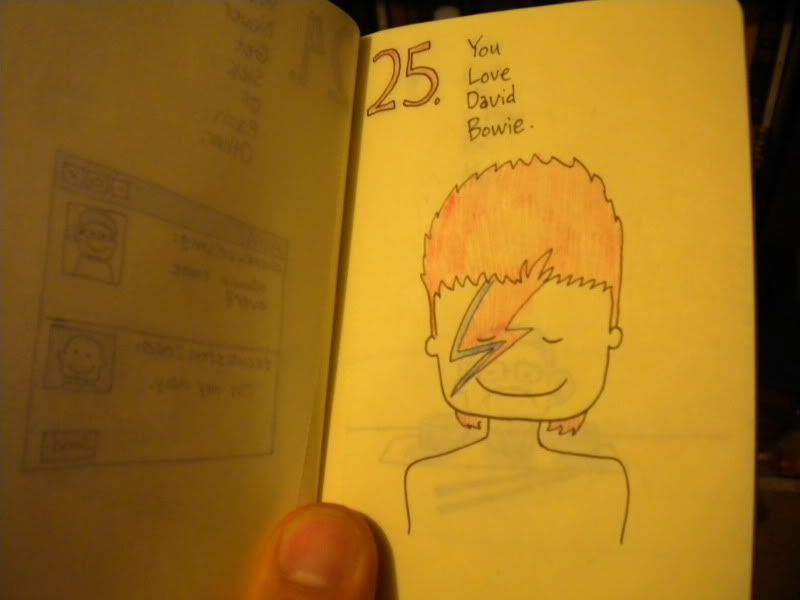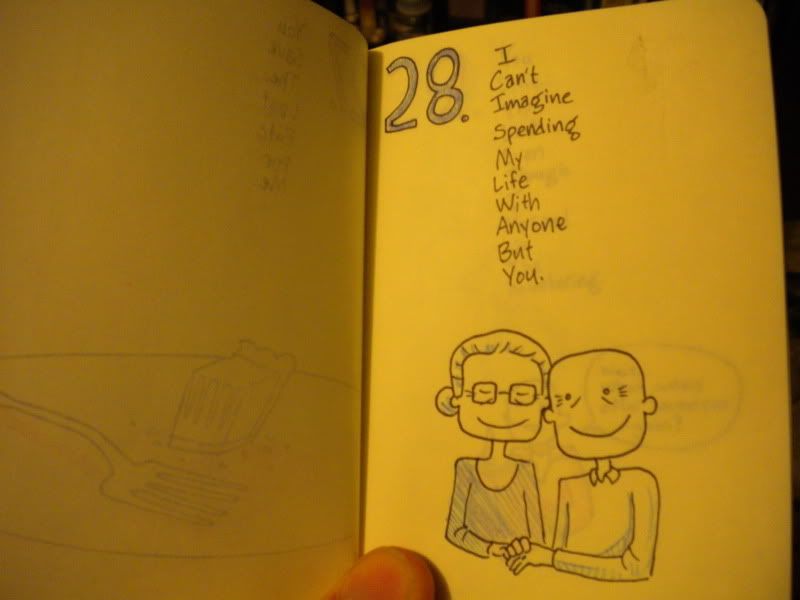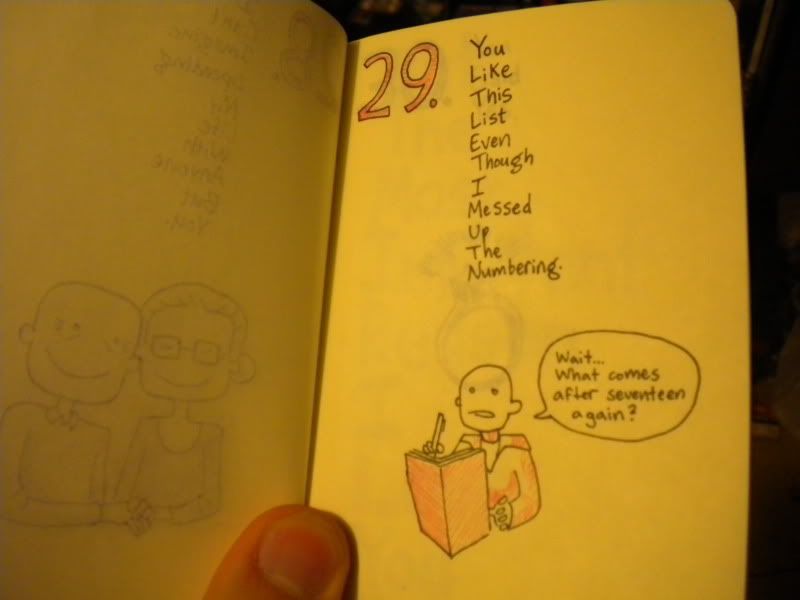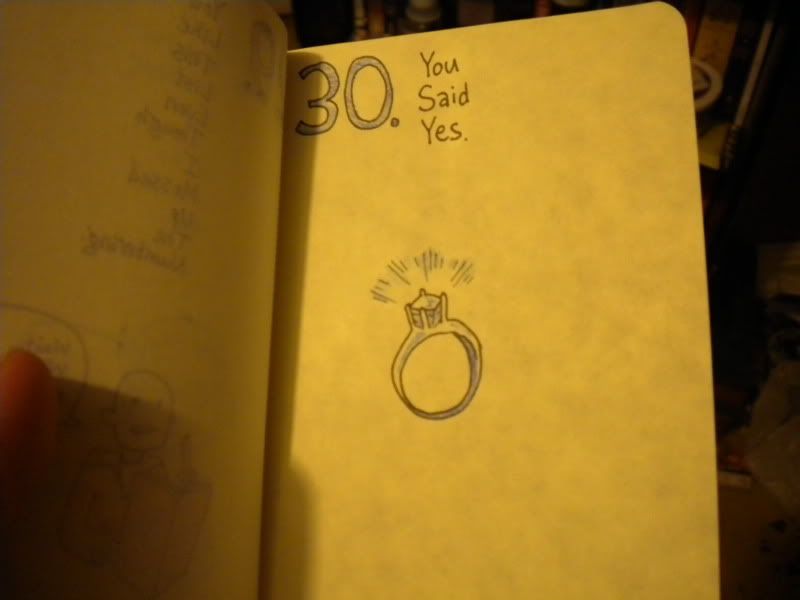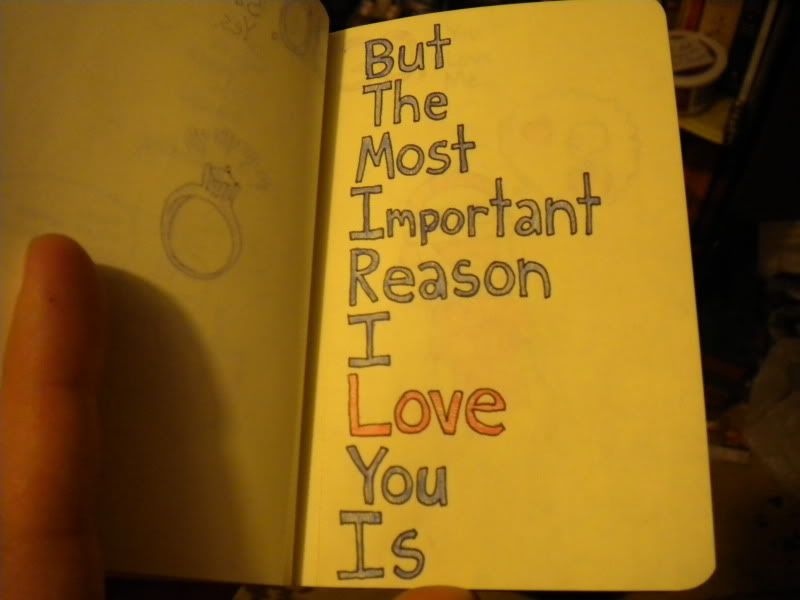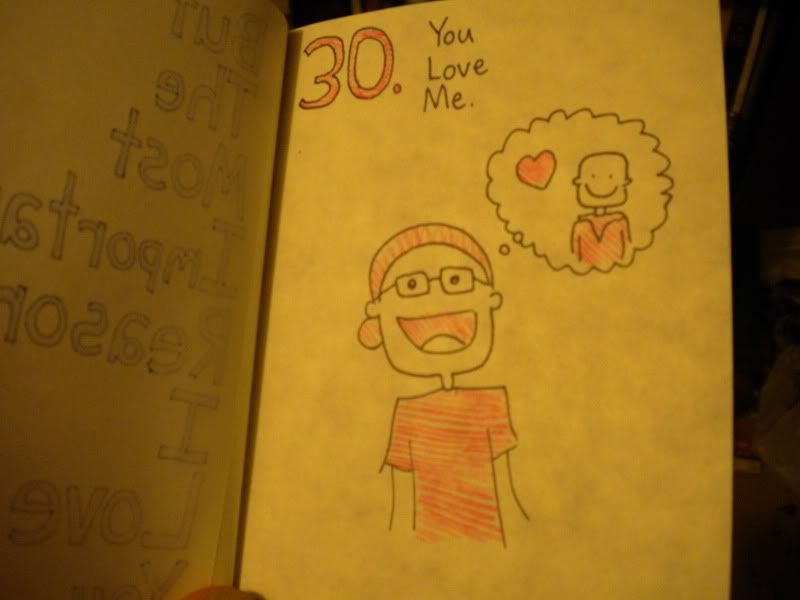
As you can see, each decade marches in a straight line and then (sometimes) moves off in a different direction with the next decade. I have no idea what decades prior to 1940 look like, because I've never had to really visualize it. Any time I think about dates prior to 1940 it's fuzzy and vague. But I do know that time goes forward (generally) up and to the left. Going back in time, you're travelling down and to the right. If I were to plot a timeline of the last 1000 years, 2010 would be in the top-left corner of the paper and 1010 would be in the lower right. In between would be a zig-zaggy line.
I actually don't quite visualize it just like this... it's more a 3-dimensional representation in my head, and I'm standing in whatever year it is at the time. I can look around and see the other years in front of or behind me. Right now I'm standing in 2009, so if I look ahead of me I can see the next decade, 2010-2019. Looking to my left shows 2008, and 2007 behind it, etc.
